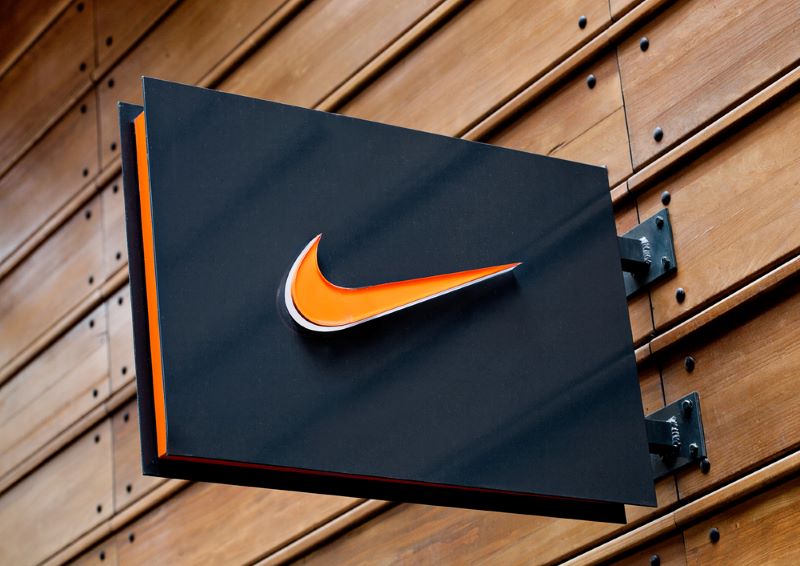
Your brand is centred on your business, defining who you are and what you offer. While maintaining what works is crucial, staying relevant often requires innovation. This is where rebranding and a brand refresh comes in. These are two strategies that offer a fresh take on your established identity without throwing out its core elements.
Determining the best approach for your brand is important. Rebranding may require a complete makeover of your brand’s identity, while a brand refresh focuses more on updating your existing elements.
First, let’s find out the differences between a brand refresh and rebranding to help you know which one is best to implement for your brand:
Brand Refresh
A brand refresh requires updating existing brand elements to connect with the current market trends and address new consumer preferences. This process might include changing the logo design, the colour palette, as well as the typography and messaging. The main goal is to innovate the brand while retaining its foundational identity and recognition.
A brand refresh is best when your brand is strong but feels slightly outdated. For example, if your logo seems dated while your core values and target audience remain unchanged, a refresh can alter your visual identity without sacrificing brand equity. These small adjustments help your brand stay relevant amidst shifting consumer behaviours or trends. For companies experiencing moderate growth or entering new markets without a complete strategic overhaul, a brand refresh can align the brand with new positioning without drastic changes.
It is generally more cost-effective and less disruptive than a full rebrand. It preserves your existing brand recognition and loyalty while updating its appearance and messaging. Moreover, refreshes can be implemented more quickly, making them a quick solution to updating your brand.
Rebranding
Rebranding involves a more detailed transformation of a brand’s identity and strategy. This can include a new name, logo, tagline, and messaging framework. A rebrand is usually undertaken when there’s a need to significantly alter the brand’s market position, target audience, or core values. It is ideal when your business experiences a significant market shift where it needs a new brand identity. When a company faces a brand identity crisis, such as severe negative perception, rebranding can help them start fresh.
A rebrand calls for a complete makeover to address deep-rooted issues or seize new opportunities. It provides a chance to redefine your market position, appeal to a broader or new audience, and improve company culture and stakeholder engagement.
Choosing Between Brand Refresh and Rebranding
The decision between a brand refresh and a rebrand depends on the extent of change needed and the specific challenges your brand faces. If you need to make minor adjustments to stay relevant, a brand refresh is usually enough. However, if your business is undergoing significant changes to realign with new objectives, rebranding may be the better choice.
A brand refresh can be a strategic, cost-effective way to update your brand’s appearance and messaging without losing existing equity. On the other hand, rebranding is a more profound change that can help reposition your brand in the market and address fundamental shifts in your business. Assess your current brand situation, market conditions, and future goals to make the most informed decision for your business’ success.
You may also like: Why Consistency Is the Secret to Building a Recognisable Brand
Image source: Depositphotos.com



